12 Outstanding Artificial Reefs to Visit
12 Outstanding Artificial Reefs to Visit
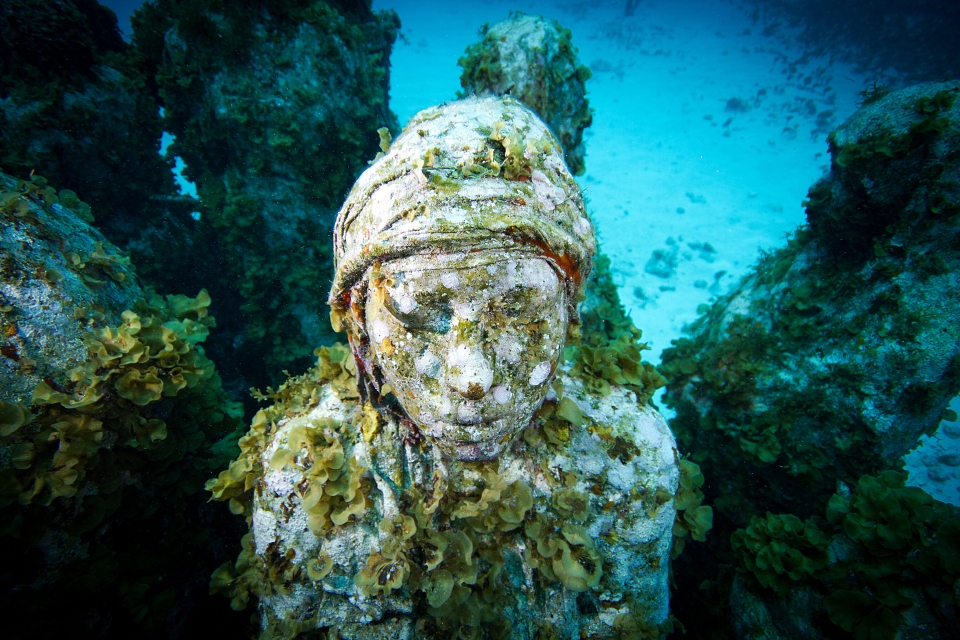
Even the biggest coral reefs begin as a handful of tiny, free-swimming coral larvae — they attach themselves to rocks or other hard surfaces, and over time, expand and increase in number. As they grow, their exoskeletons form vast, hardened colonies that not only house the coral and the algae that lend them their color, but also provide refuge for many species of fish, anemones, sea stars and other marine animals.
However, not all reefs emerge from naturally occurring objects on the sea bottom. Human-made structures are frequently introduced into marine environments to serve as foundations for corals to attach to and form reefs, and for other underwater creatures to use for shelter.
Shipwrecks are commonly designated as artificial reefs, but decommissioned military vehicles, subway cars, oil rigs and even original sculptures also provide places that corals and other creatures can build into a home.
Here are some of the spectacular locations where human-made objects found new purpose underwater as artificial reefs, forming sanctuaries for a diverse range of sea life and providing unique experiences for divers and underwater photographers.
Tamar Reef, Israel
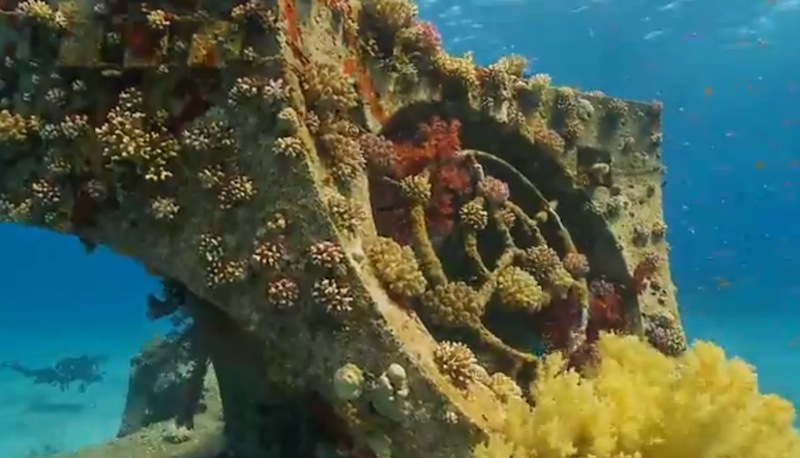
Diving enthusiasts have visited the Red Sea for decades to enjoy its marine diversity — 800 species of sea life and hundreds of types of corals, according to the Israel Ministry of Foreign Affairs.
Installed in 2007, Tamar Reef — the Red Sea's first artificial reef — is a joint project maintained by scientists and administrators from Israel and Jordan. It was introduced to relieve overstressed natural reefs in the area, and to help re-establish depleted marine life and raise conservation awareness.
USCGC Duane shipwreck, Key Largo
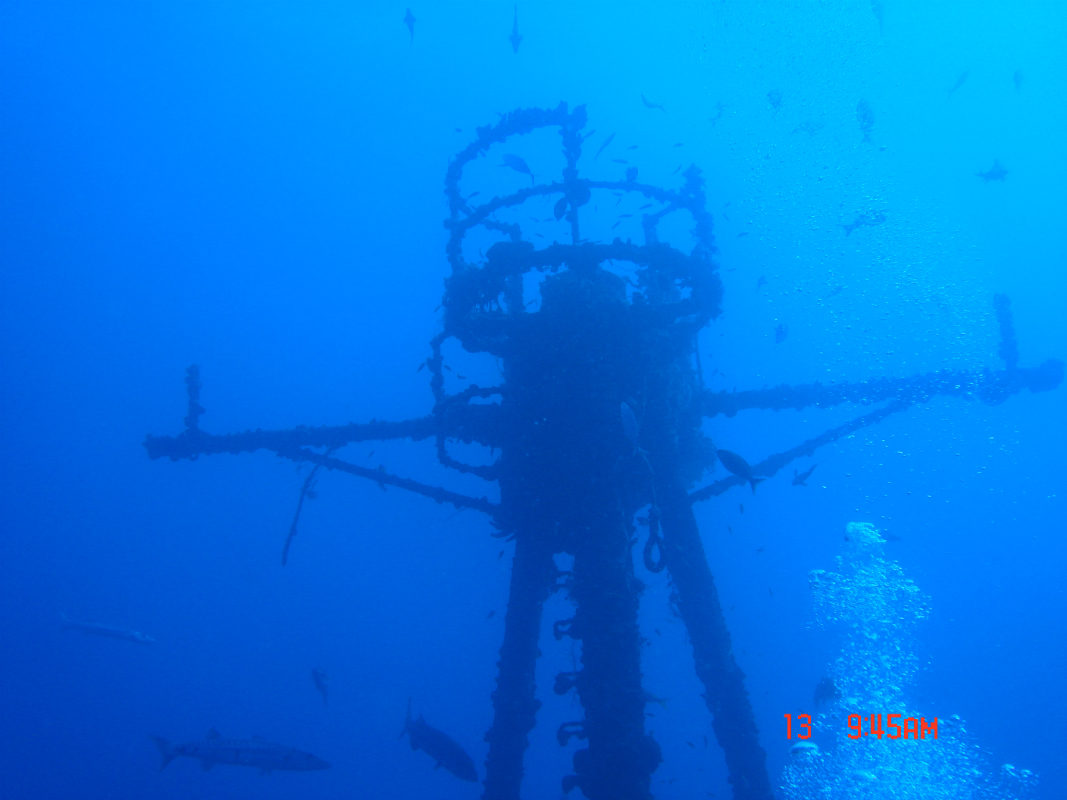
If you're planning a trip to the Florida Keys, a dive to see this behemoth underwater structure may be for you: The U.S. Coast Guard Cutter Duane, decommissioned on Aug. 1, 1985, and sunk as an artificial reef on Nov. 17, 1987, measures 329 feet (100 meters) long and rests upright on the sea bottom at an average depth of 95 feet (29 m). Many of its interior rooms were left open for divers to explore. Advanced Dive Certification is recommended, according to the Upper Keys Artificial Reef Foundation website, and guided dives are offered for less experienced explorers.
Sign up for the Live Science daily newsletter now
Get the world’s most fascinating discoveries delivered straight to your inbox.
Thunderbolt shipwreck, Florida, USA
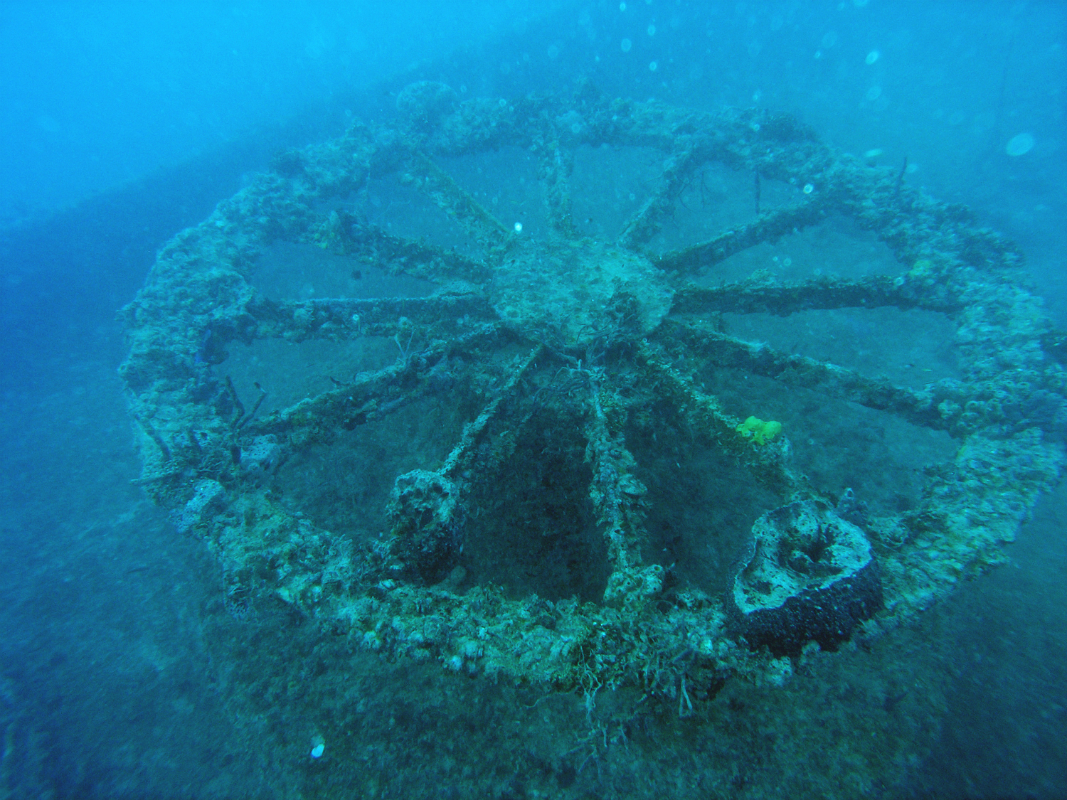
Shipwreck connoisseurs will find much to discover in this popular Florida Keys' diving destination, which has accumulated more than three decades' worth of coral and algae growth. Originally dubbed the USAMP Major General Wallace F. Randolph upon its construction in 1942, this former mine planter was renamed "Thunderbolt" after being repurposed in the 1960s for lightning strike research. It was later donated to the Florida Keys Artificial Reef Association and sunk as a reef on March 6, 1986.
So grab your scuba gear! Located beneath 120 feet (27 m) of water just 4 miles (6 kilometers) off Marathon, this reef could make for a fascinating dive.
The Silent Evolution, Mexico
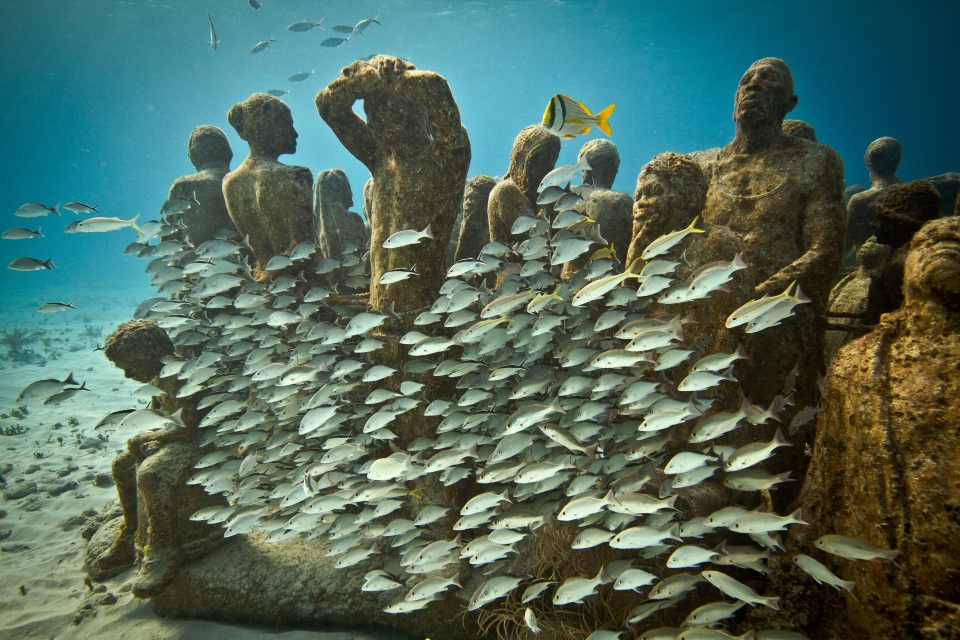
For divers visiting Cancun, Mexico, this astounding underwater sculpture exhibit is a must-see destination. Life-size and eerily life-like concrete casts of 400 individuals comprise sculptor Jason deCaires Taylor's art installation, "The Silent Evolution," part of an exhibition in the underwater museum Museo Subacuático de Arte. Installed in 2012, the installation covers 502 square yards (420 square meters), and was described by the artist as "art intervention as growth." Over time, the faces and bodies of the figures metamorphose as they are colonized and covered by algae, starfish and corals.
Redbird Reef, Delaware, USA
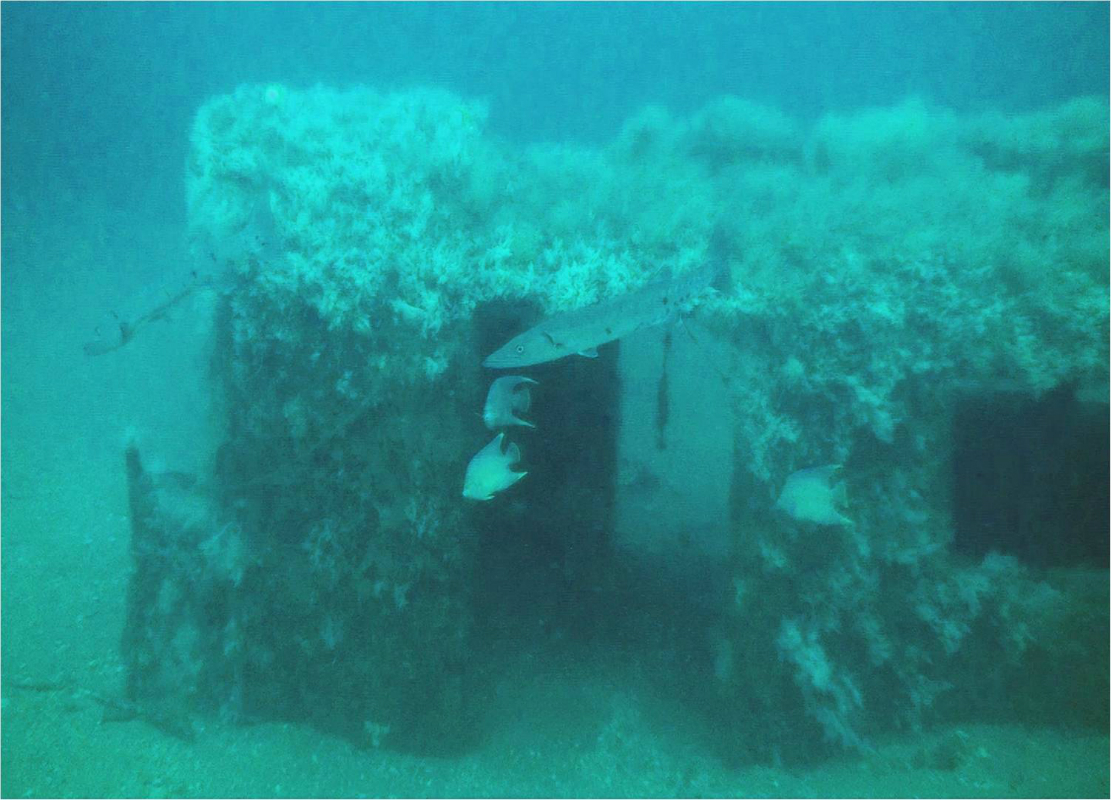
Next stop, biodiversity! The end of the line for a number of retired New York City subway cars was the bottom of the ocean off Delaware. Beginning in 1995, donated "Redbird" cars created a new artificial reef that currently hosts numerous small fish like sea bass and summer flounder, as well as larger predators like sharks, striped bass and tuna. Fishing opportunities abound for anglers, while divers can share commuting woes with the fish that inhabit the cars.
High Island A389A, Gulf of Mexico, USA
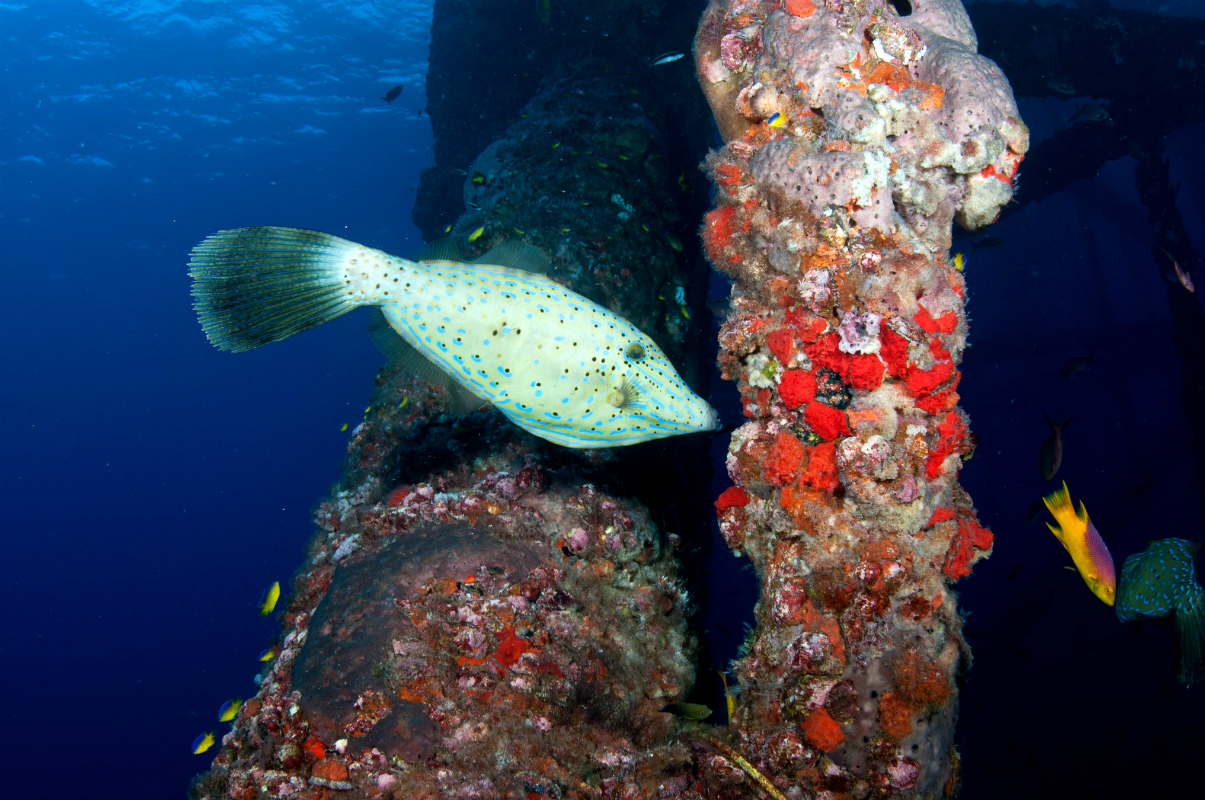
Lots to explore in the Gulf of Mexico, which hosts many naturally occurring reefs. But don't stop there: All five states bordering the Gulf — Texas, Louisiana, Mississippi, Alabama and Florida — host artificial reef programs to supplement these habitats. High Island A389A, an oil and gas production platform colonized by corals and other undersea animals, is located inside East Flower Garden Banks National Marine Sanctuary boundaries. Divers can expect to see many of the same species of reef fishes that are common in Caribbean dive sites.
Building an artificial reef
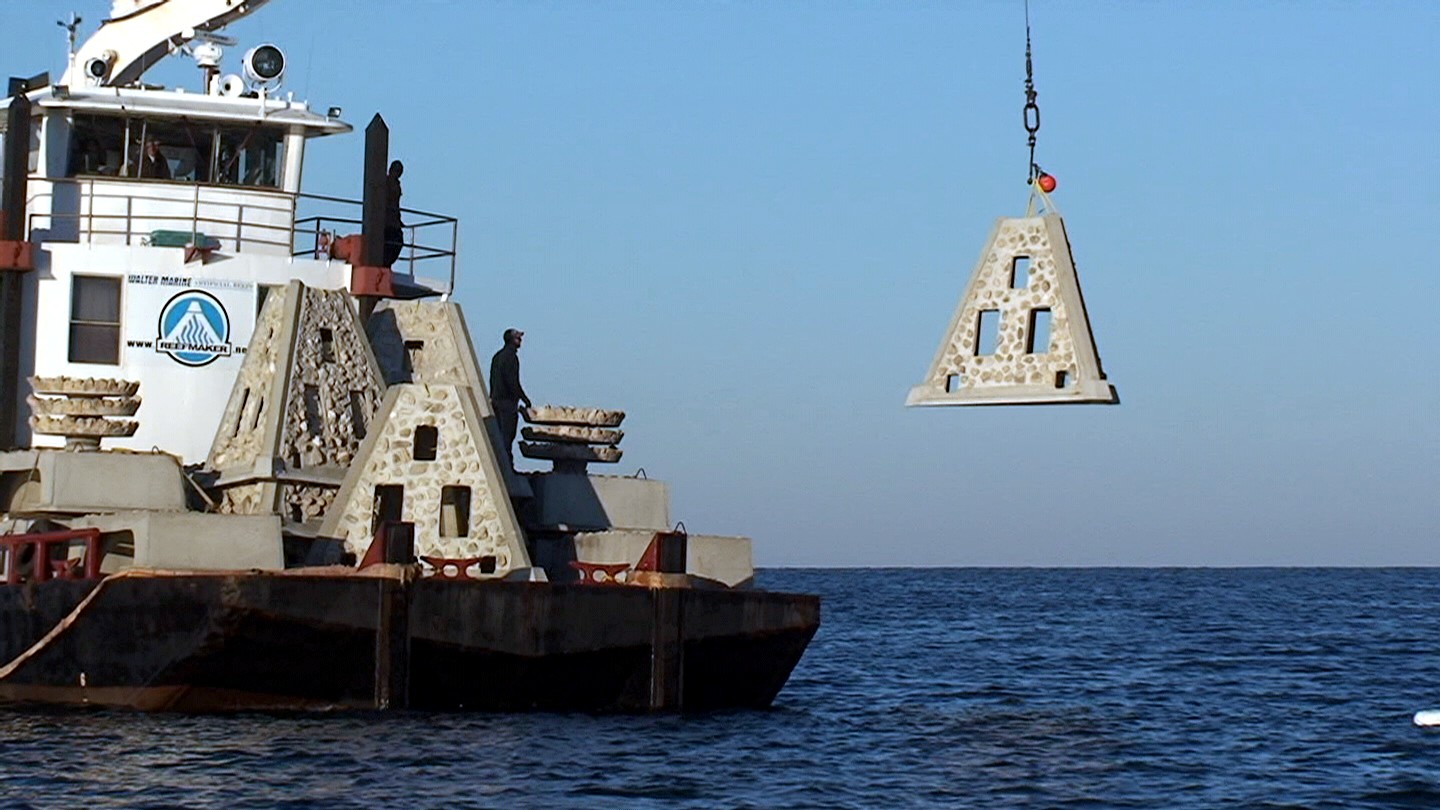
Reefs abound off this glorious Florida beach. On April 6, 2013, 62 modules were deployed off the coast of Mexico Beach to form an artificial reef. Since 1997, the Mexico Beach Artificial Reef Association (MBARA) has installed more than 150 artificial reefs, using them to conduct research and educate the public on the importance of reef systems in coastal communities. In addition to offering dive opportunities, MBARA hosts fishing tournaments and provides education workshops on artificial reefs for adults and children.
Tanks for all the fish
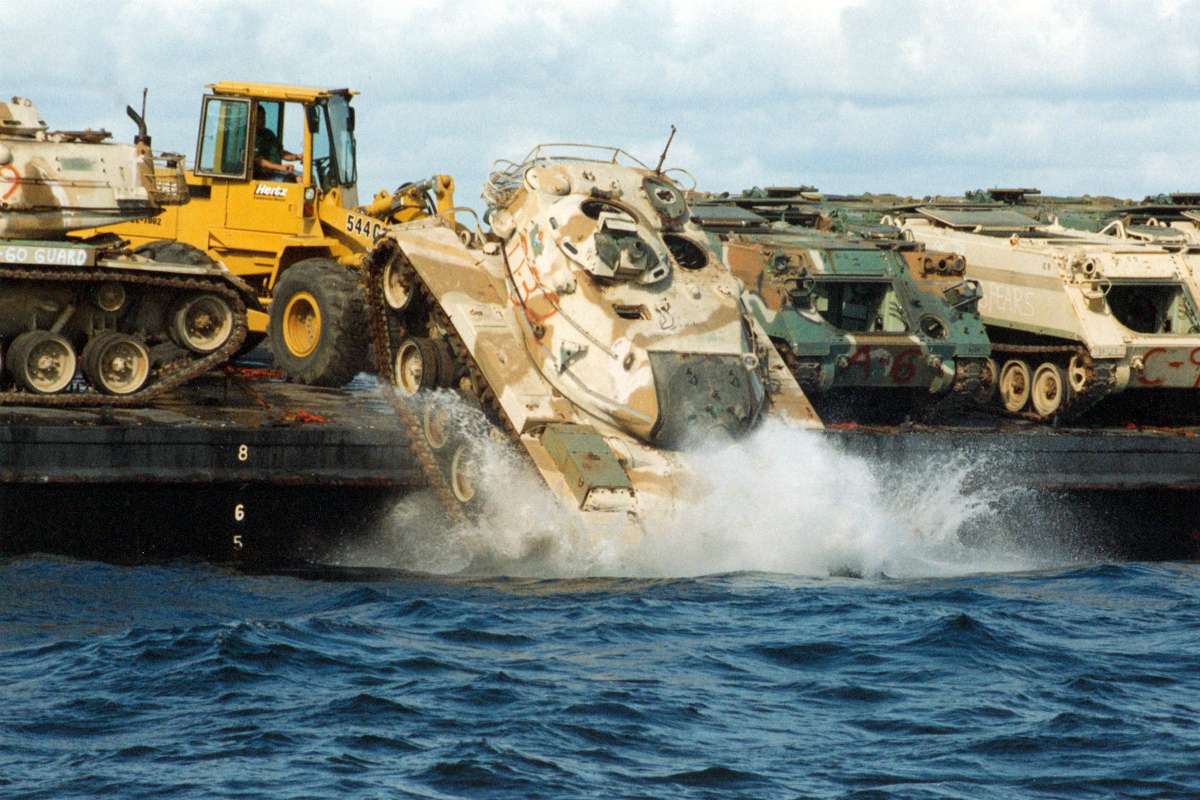
In 2009, retired army tanks and armored personnel carriers joined the tugboats, barges, subway cars, bridge debris and other concrete structures that make up more than 45 man-made reefs in waters off South Carolina. Once their surfaces are colonized by corals, barnacles, marine worms, sponges and algae, the reefs attract even more marine life — fish, sea urchins, mollusks and crustaceans — seeking food and shelter.
The South Carolina Department of Natural Resources maintains 42 sites in its offshore reef program, and recommends May through October as the months when water temperatures and weather conditions are most suitable for scuba diving.
Hermenegildo Capelo shipwreck, Ocean Revival Park, Portugal
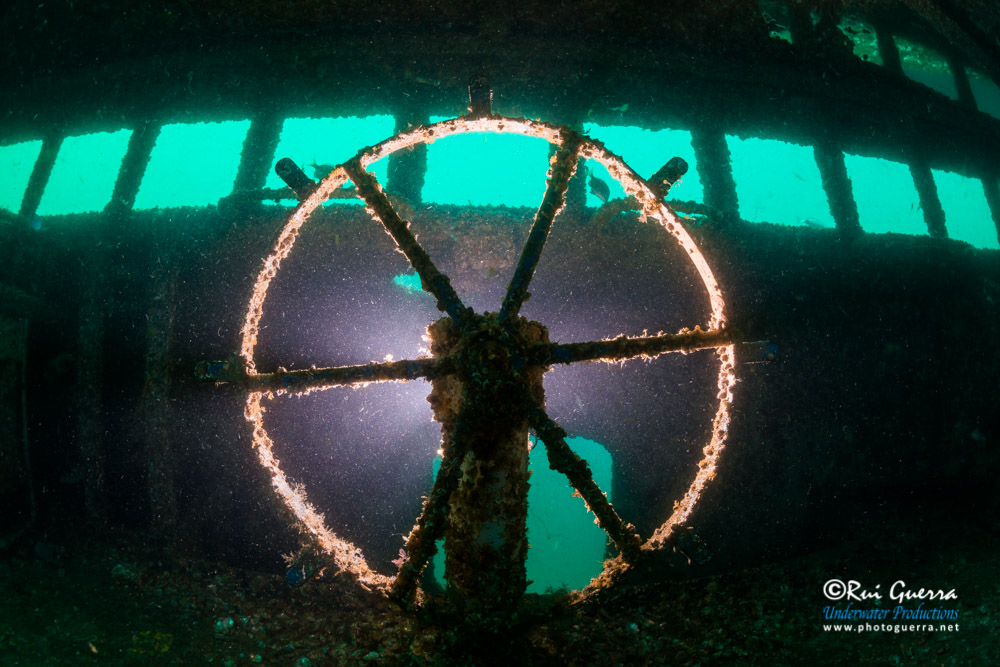
"All divers are welcome" to this shipwreck off the coast of Portugal, according to the Ocean Revival project website. Frigate Ex-NRP Hermenegildo Capelo weighs 2,700 tons and measures 335 feet (102 m) in length. Acquired by the Portuguese navy in 1968, it saw 37 years of service and was scuttled on June 15, 2013. Rui Guerra's striking image of the frigate's steering wheel received a commendation from the Underwater Photographer Award of the Year 2016 competition. What are you waiting for?
Reef Balls
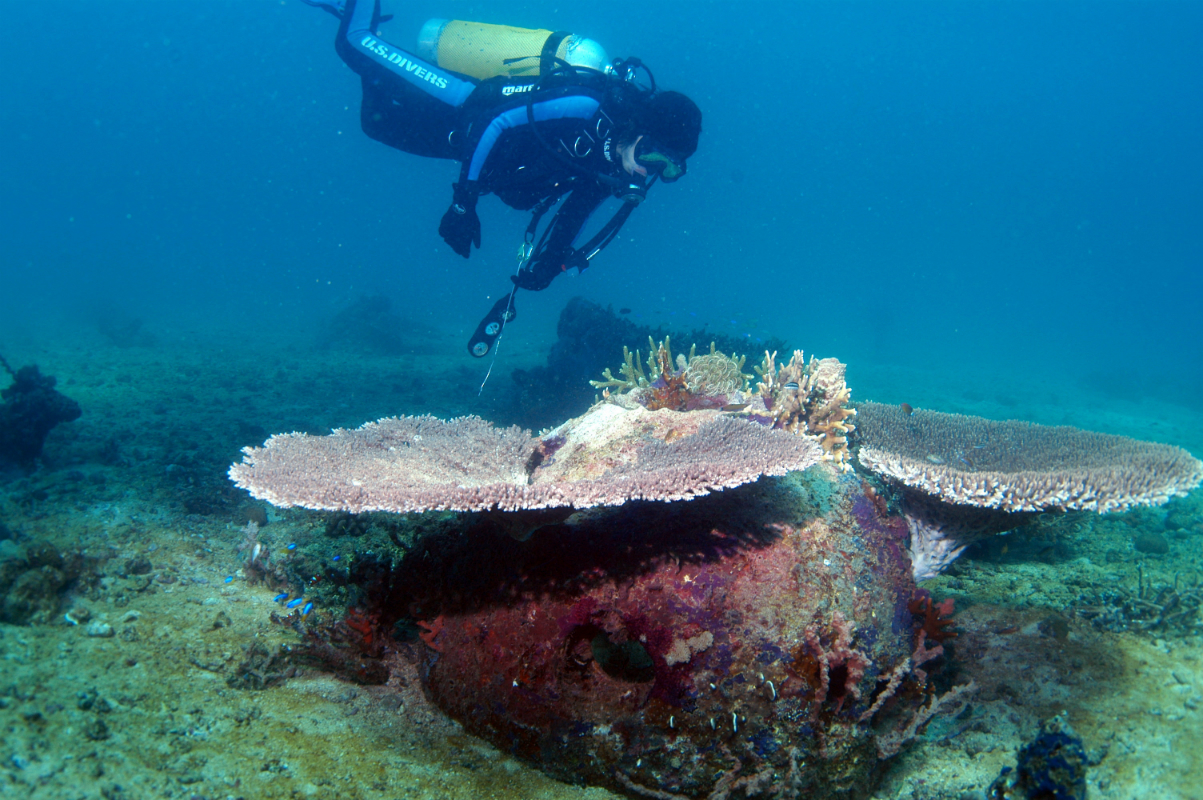
Called Reef Balls, spherical concrete structures are specifically designed for installation as artificial reef foundations, and have been used to foster habitats for corals and other sea life at thousands of marine locations. A unique shape provides space for fish to find shelter, while the balls' rough texture encourages corals to take hold. Divers can expect to encounter Reef Balls in a number of artificial reef sites around the world, as approximately 500,000 Reef Balls have been deployed in 3,400 artificial reef and beach restoration projects across more than 70 countries, according to the group's website.

Mindy Weisberger is an editor at Scholastic and a former Live Science channel editor and senior writer. She has reported on general science, covering climate change, paleontology, biology and space. Mindy studied film at Columbia University; prior to Live Science she produced, wrote and directed media for the American Museum of Natural History in New York City. Her videos about dinosaurs, astrophysics, biodiversity and evolution appear in museums and science centers worldwide, earning awards such as the CINE Golden Eagle and the Communicator Award of Excellence. Her writing has also appeared in Scientific American, The Washington Post and How It Works Magazine. Her book "Rise of the Zombie Bugs: The Surprising Science of Parasitic Mind Control" will be published in spring 2025 by Johns Hopkins University Press.










